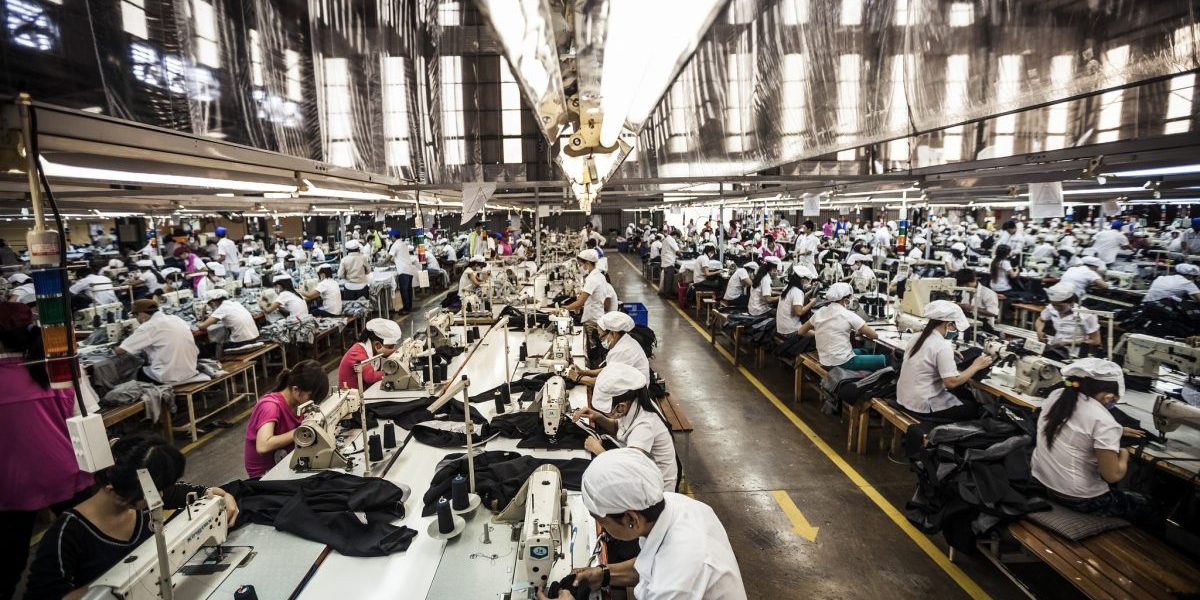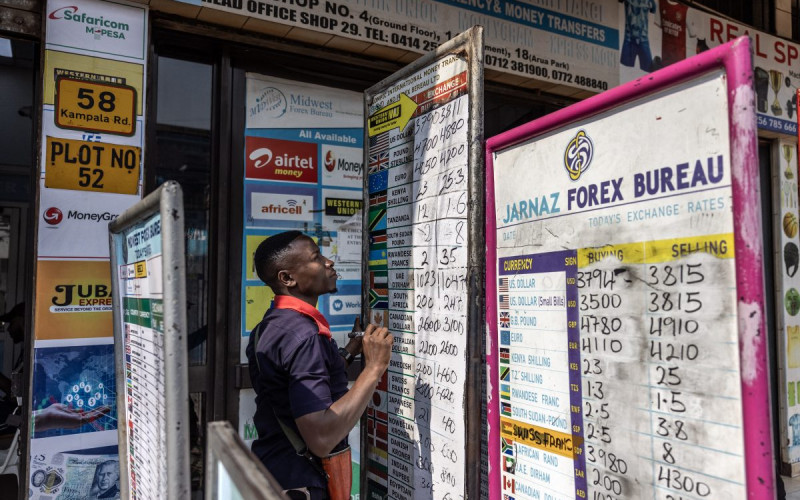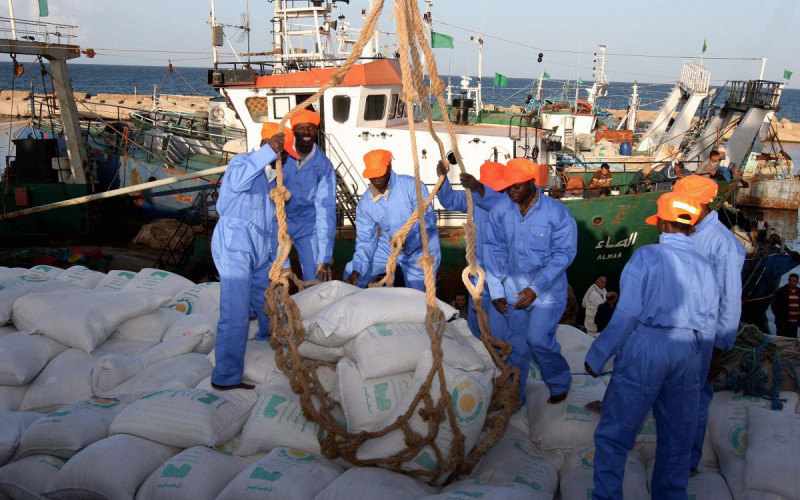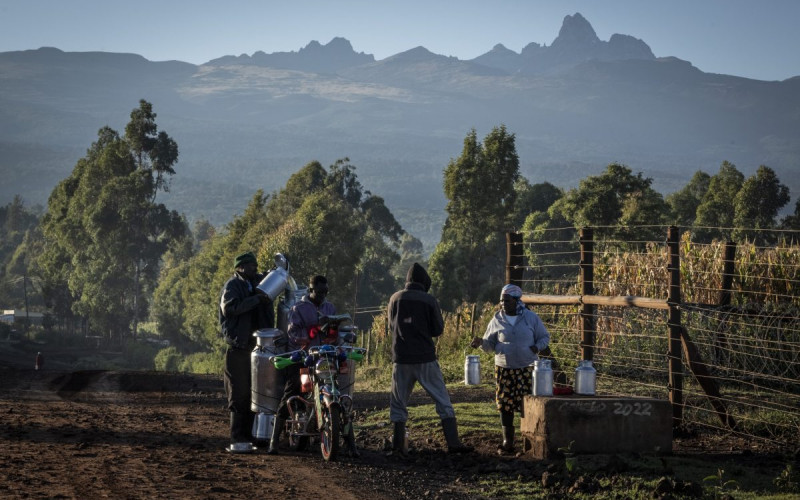Recently we heard that Beijing had promised to place voluntary restraints on its exports of some textile and apparel items to SA. We do not yet know the precise form of the deal, but we do have precedents to work with – China has reached agreements covering the same issues with the European Union (EU) and the US. What did the EU and the US secure? Will they alter significantly the long-term outlook for global trade in clothing and textiles products? In other words, will they stop the “tsunami” or simply delay its arrival?
The EU and US deals both introduce a quota system. The EU’s lasts until the end of next year, the US’s until the end of 2008. These quotas limit, on a sliding scale, the annual increases in allowable imports from China. Expectations in Europe and the US are that this will provide enough breathing space for their producers to adjust to the new reality.
And, according to the European Commission, their “agreement also provides a window for adaptation for producers in developing countries whose textiles exports to the EU were being displaced by a surge in imports from China”.
These expectations are two sides of the same coin. Unfortunately they are both naive and wrong. Understanding why requires a little history.
Like agriculture, trade in clothing and textiles is hypersensitive. Certain countries – mostly rich ones – have always managed to secure a different set of rules to those governing “regular” tradable merchandise.
Between 1974 and 1994, the Multifibre Arrangement determined the relevant architecture. It was succeeded by the Agreement on Textiles and Clothing (ATC) in 1995, which formed part of the agreement establishing the World Trade Organisation. Both had one thing in common – they distorted the global market for textiles and clothing. Efficient producers, located mainly in developing countries, came nowhere near realising the export potential in Organisation for Economic Co-operation and Development (OECD) markets.
Further, the arrangements perverted patterns of investment across countries. Frustrated by small quotas, but able to take advantage of the “footloose” nature of the industries they were in, investors from competitive exporting nations scoured the globe for alternative locations that would allow them to export more to OECD markets. The phenomenon was known as quota hopping – otherwise unprofitable, unsustainable investments suddenly made sense. Industries flourished in countries all over the developing world.
But everything changed when the ATC expired on January 1 last year. While events since then have demonstrated how unprepared the world was, it is clear the quota-hopping investors were not. They had been moving their operations in Africa, Latin America, southeast Asia, and elsewhere back onto the Chinese mainland. The subsequent explosion in traded volumes of textiles and apparel, and the equally impressive drop in prices, represents nothing more than an abrupt correction to a horribly contorted global market. They are not a function of China’s allegedly unfair trade practices.
Given this, why would anyone argue that the EU’s and the US’s three-year programmes would “provide a window for adaptation” for their own producers or for those located elsewhere? These deals do not alter the underlying fundamentals.
Yet all is not lost. China does not and will never be able to produce everything. Niches will always exist, for two main reasons. First, China became a net importer of certain textiles as early as 2002. This is because China’s real strength is in apparel, for which textiles are the primary input. Other countries should seek out ways to be China’s supplier. Second, China is strong in low-value items that can be produced en masse. Fashions change rapidly in rich markets, and nearby producers offering short runs and design flexibility are doing well.
So there will always be room for producers in other countries, but not if they want to produce plain cotton shirts. There are successful firms in this country that prove the point.
In seeking watered-down versions of the now extinct ATC, the EU and the US are simply perpetuating for three more years the false reality that existed before last year. They also once again delay the market forces required to get real adjustment processes started. But most important is that they force consumers to pay higher prices than necessary, a welfare loss that is always disproportionately burdensome on the poor.
The agreement SA has secured is likely to do all of these things. It is symptomatic medication. It will contribute nothing to eradicating the real disease – a fundamental lack of competitiveness in mass-produced clothing and textiles items.
Enter government’s Customised Sector Programme (CSP), the plan many expect to become SA’s “real” cure. As has been the case in the past, the CSP will presumably comprise a set of policy interventions aimed at turning the industries around.
Ironically, China’s recent history is relevant here. Less than 15 years ago, China’s spinning and weaving industries, employing at its peak more than 7,5-million people, went into the red.
Nicholas Lardy, one of the world’s pre-eminent scholars of the Chinese economy, says annual losses escalated rapidly into the billions. In response, the Communist Party closed 600 factories, destroyed more than 9-million outdated cotton spindles, and fired more than 2,5-million workers. These Draconian measures and improved supply chain management and much-needed technological upgrades, resulted in profits by 1999.
China’s sacrifice illustrates how effective state intervention can be. But SA, a market-based democracy, cannot draw many lessons from their experience.
The Chinese government can forcefully reshuffle physical, human and financial capital however they see fit. Thankfully elected officials in this country do not have the means or the mandate to do likewise.
To turn the fortunes of SA’s clothing and textile industries around, the CSP must, above all else, change expectations. In a market economy, expectations drive everything from inflation to the number of school teachers produced a year. Potential investors and future managers need good reasons to risk their resources on SA’s dying, unprofitable clothing and textile industries. Can government engineer them in time?







